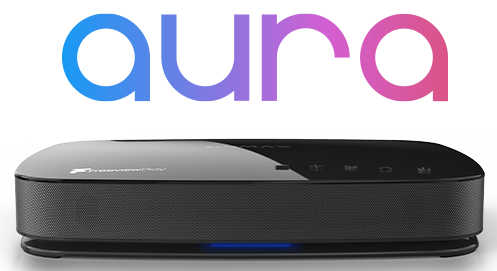We have recently had two quotes for replacing our old grouped aerials with new wideband aerials but the quotes are for very different amounts.
The first quote (£360) included a lot of new cabling which we were told we absolutely needed.
In the second quote (£90) we were told that the cabling we already had would be absolutely fine.
digitaluk.co.uk doesn’t say – as far as I can see – anything about needing new cabling.
ofcom.org.uk doesn’t mention cabling, that I’ve noticed.
smartaerials.co.uk says “A good quality double screened coaxial cable will minimise interference pick up and signal loss to help preserve a good reliable digital TV or Freeview reception.” but that doesn’t tell me if I need to change or not.
The cabling we have is the basic brown coax sort that was typically installed in the 80s/90s. As far as I can tell, the cabling is all in good order.
We currently have good Freeview reception (except for missing some channels because we have old aerials), we’re around 20km from the nearest transmitter, and there are no problems with interference or obstructions that I know of (standard suburban area, not in a valley, no tower blocks in the way, etc.).
So my question is: “Can we keep our current cabling and still receive a good and reliable signal for all channels when we switch to wideband aerials, or do we need to get new cabling?”


